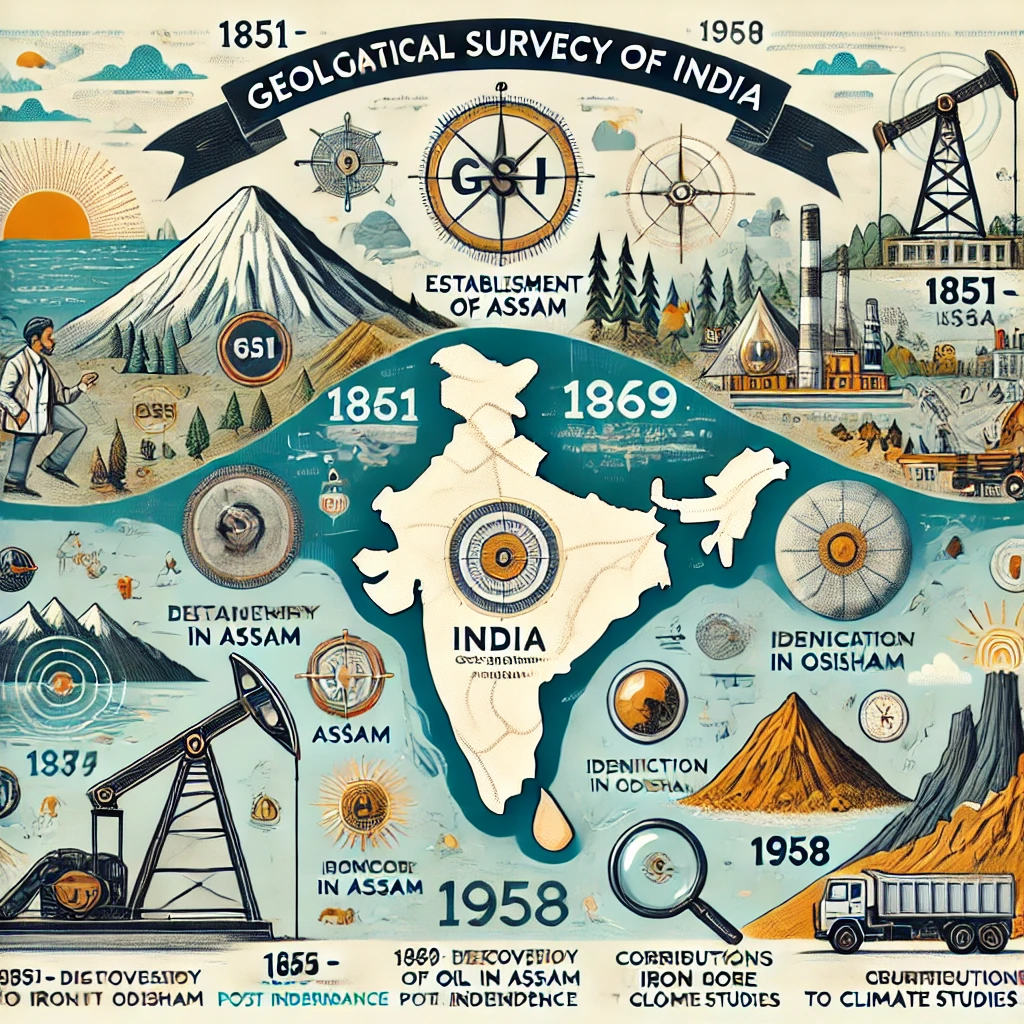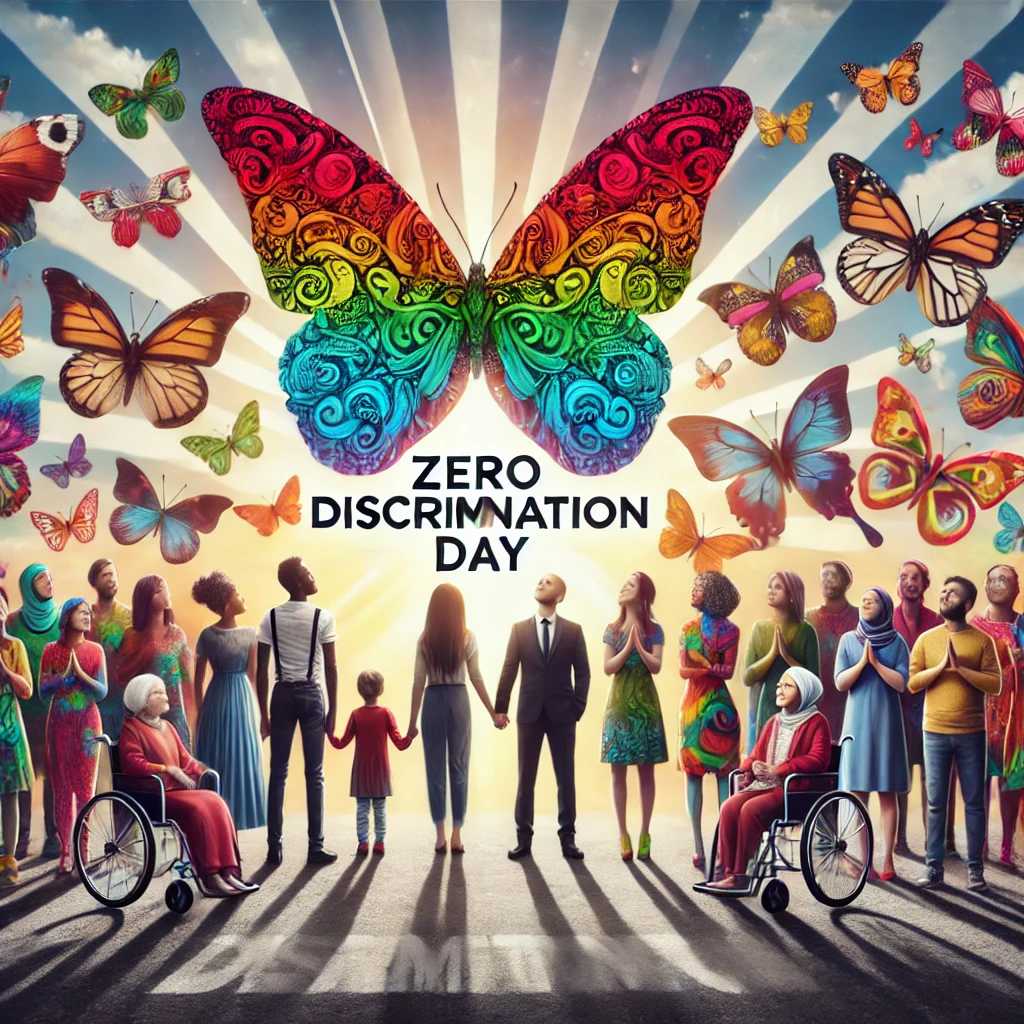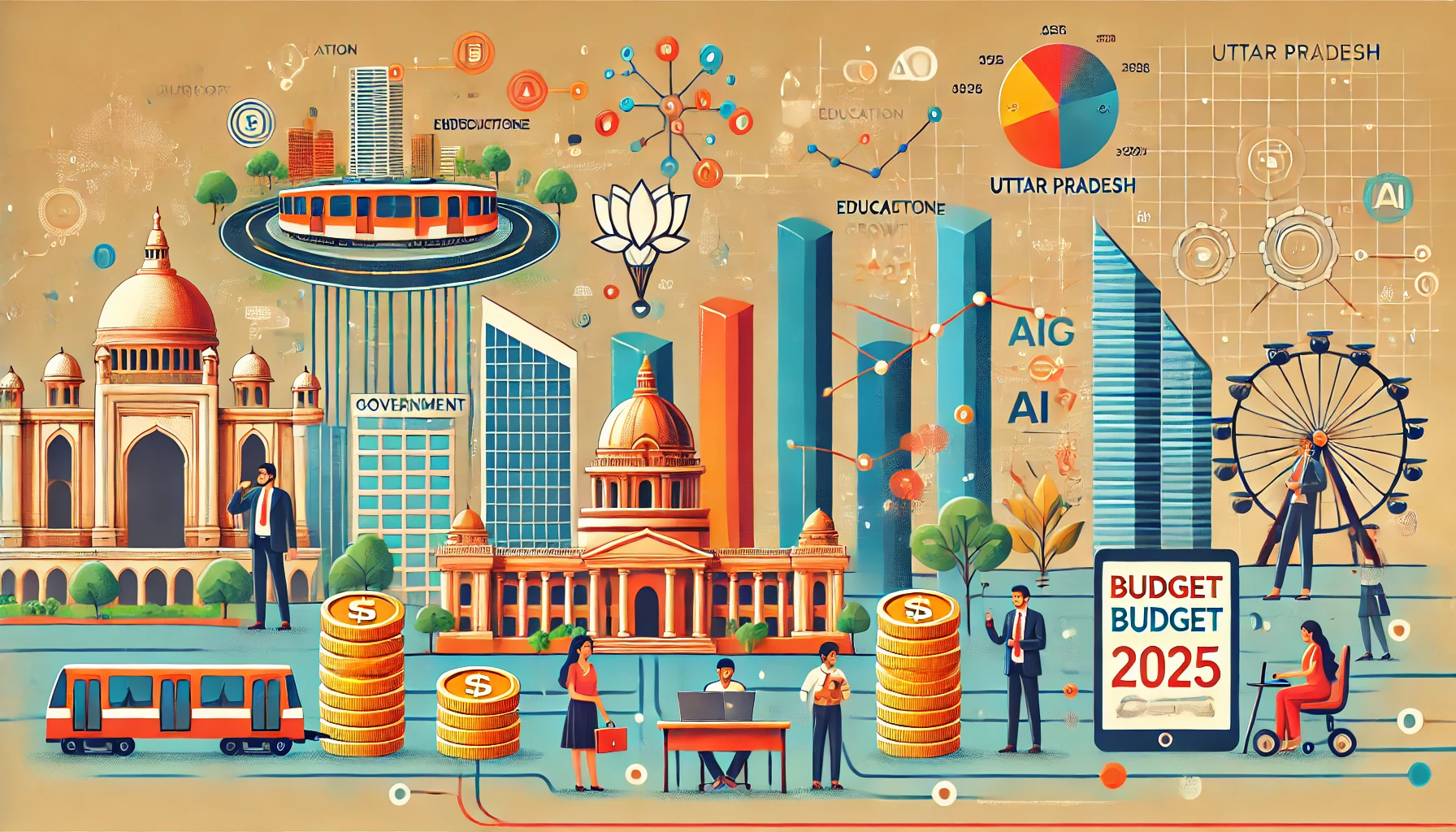Chronological List of Socio-Religious Movements with Founders and British Governors
If you’re preparing for UPSC, State PSCs, SSC, or other competitive exams, mastering socio-religious movements is essential. Here is a complete chronological list of these movements with their founders and the British governors of the time. This list is designed to simplify your revision process.
For comprehensive preparation and affordable test series, check out SR Study — one of the best platforms for test series and exam preparation.
List of Socio-Religious Movements (Ascending Order)
| Year | Movement/Organisation | Founder(s) | British Governor/Administrator |
| 1820s-1860s | Wahabi Movement | Shah Walliulah | Various Governors (Bentinck to Lawrence) |
| 1828 | Brahmo Samaj | Raja Ram Mohan Roy | Lord William Bentinck |
| 1839 | Tattvabodhini Sabha | Debendranath Tagore | Lord Auckland |
| 1849 | Paramhansa Sabha | Dadoba Pandurang | Lord Dalhousie |
| 1866 | Deoband Movement | Muhammed Qasim Wanatavi & Rashid Gangoli | Lord John Lawrence |
| 1867 | Prarthana Samaj | Dr. Atmaram Pandurang | Lord John Lawrence |
| 1873 | Satyashodhak Samaj | Jyotiba Phule | Lord Northbrook |
| 1875 | Arya Samaj | Swami Dayanand Saraswati | Lord Northbrook |
| 1875 | Aligarh Movement | Sir Syed Ahmed Khan | Lord Northbrook |
| 1875 | Theosophical Society | Madame H.P. Blavatsky & Col. H.S. Olcott | Lord Northbrook |
| 1889 | Ahmadiyya Movement | Mirza Ghulam Ahmed | Lord Lansdowne |
| 1897 | Ramakrishna Mission | Swami Vivekananda | Lord Elgin II |
| 1904 | Abhinav Bharat | Veer Savarkar | Lord Curzon |
| 1905 | Servants of India Society | Gopal Krishna Gokhale | Lord Curzon |
| 1909 | Seva Sadan | Behramji Malabari | Lord Minto II |
| 1916 | Home Rule Movement | Annie Besant & Bal Gangadhar Tilak | Lord Chelmsford |
| 1921 | Vishwa Bharati | Rabindranath Tagore | Lord Reading |
| 1921 | Servants of People Society | Lala Lajpat Rai | Lord Reading |
| 1925 | Self-Respect Movement | E.V. Ramaswami Naicker | Lord Reading |
| 1929 | Khudai Khidmatgar | Khan Abdul Gaffar Khan | Lord Irwin |
| 1938 | Bharatiya Vidya Bhavan | Kanhaiyalal Maneklal Munshi | Lord Linlithgow |
| 1945 | People’s Education Society | Dr. B.R. Ambedkar | Lord Wavell |
| 1950 | Missionaries of Charity | Mother Teresa | Independent India |
| 1950 | Van Mahotsav | K.M. Munshi | Independent India |
| 1951 | Bhoodan Movement | Vinoba Bhave | Independent India |
| 1953 | Chinmaya Mission | Swami Chinmayananda | Independent India |
| 1973 | Chipko Movement | Sunderlal Bahuguna | Independent India |
| 1976 | PUCL | Jaya Prakash Narayan | Independent India |
| 1985 | Narmada Bachao Andolan | Medha Patkar | Independent India |
📝 Why is This Important for Exams?
Understanding these movements provides insights into:
- Social Reform Trends in India.
- Key Figures who shaped modern India.
- British Policies and their impact on society.
For mock tests, study plans, and resources tailored for these topics, visit SR Study. Their affordable test series and expert-guided materials make them a top choice for aspirants.
📊 Memory Chart for Quick Revision
Early 19th Century (1820s – 1830s)
- Brahmo Samaj (1828) – Raja Ram Mohan Roy – Lord William Bentinck
- Tattvabodhini Sabha (1839) – Debendranath Tagore – Lord Auckland
Mid 19th Century (1840s – 1870s)
- Paramhansa Sabha (1849) – Dadoba Pandurang – Lord Dalhousie
- Deoband Movement (1866) – Muhammed Qasim Wanatavi – Lord John Lawrence
- Prarthana Samaj (1867) – Dr. Atmaram Pandurang – Lord John Lawrence
- Arya Samaj (1875) – Swami Dayanand Saraswati – Lord Northbrook
- Aligarh Movement (1875) – Sir Syed Ahmed Khan – Lord Northbrook
Late 19th Century (1880s – 1890s)
- Ahmadiyya Movement (1889) – Mirza Ghulam Ahmed – Lord Lansdowne
- Ramakrishna Mission (1897) – Swami Vivekananda – Lord Elgin II
Early 20th Century (1900s – 1920s)
- Abhinav Bharat (1904) – Veer Savarkar – Lord Curzon
- Servants of India Society (1905) – Gopal Krishna Gokhale – Lord Curzon
- Seva Sadan (1909) – Behramji Malabari – Lord Minto II
- Home Rule Movement (1916) – Annie Besant & Tilak – Lord Chelmsford
- Vishwa Bharati (1921) – Rabindranath Tagore – Lord Reading
- Servants of People Society (1921) – Lala Lajpat Rai – Lord Reading
- Self-Respect Movement (1925) – E.V. Ramaswami Naicker – Lord Reading
- Khudai Khidmatgar (1929) – Khan Abdul Gaffar Khan – Lord Irwin
Post-Independence Movements
- Missionaries of Charity (1950) – Mother Teresa
- Van Mahotsav (1950) – K.M. Munshi
- Bhoodan Movement (1951) – Vinoba Bhave
- Chinmaya Mission (1953) – Swami Chinmayananda
- Chipko Movement (1973) – Sunderlal Bahuguna
- PUCL (1976) – Jaya Prakash Narayan
- Narmada Bachao Andolan (1985) – Medha Patkar
Tips to Remember
- Chronological Grouping: Remember movements by decades.
- Governors: Associate movements with notable British Governors like Lord Bentinck, Lord Curzon, or Lord Reading.
- Mnemonic Devices:
- For 19th-century movements: “Brave Day’s Attempted Refornations” → Brahmo, Deoband, Arya, Ramakrishna.
- For 20th-century movements: “Heroic Activists Sought Knowledge” → Home Rule, Abhinav Bharat, Self-Respect, Khudai Khidmatgar.
This systematic approach can help you master key socio-religious movements for your exams!
Quick Revision Tip
- Divide Movements by Century:
- 19th Century: Focus on Brahmo Samaj, Arya Samaj, Aligarh Movement.
- 20th Century: Focus on Home Rule Movement, Servants of India Society, Self-Respect Movement.
- Use Mnemonics and Timeline Diagrams for better retention.
Stay prepared and ace your exams with SR Study! 🚀


